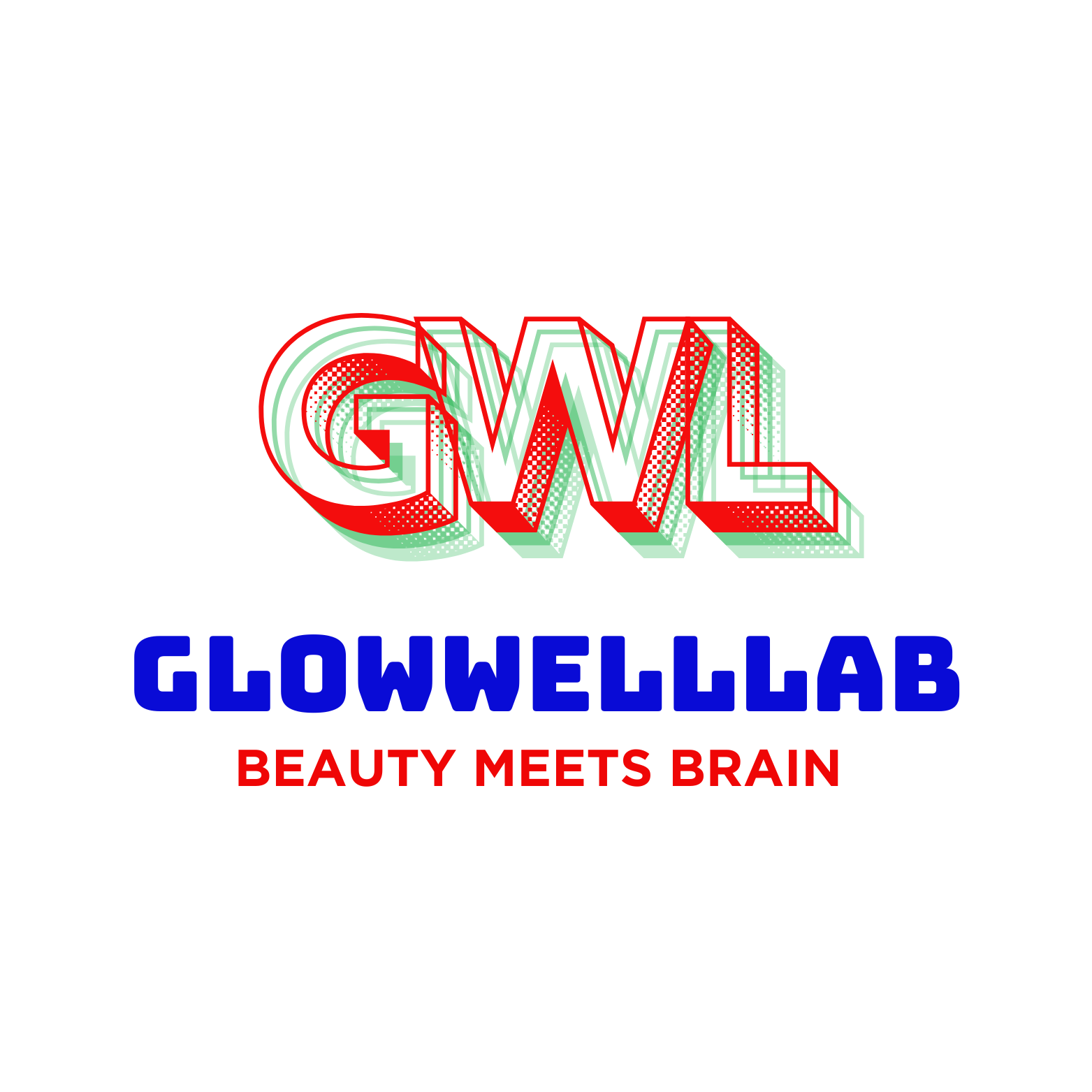Clean Beauty: What Does It Mean Really?
1. Introduction
Clean beauty is more than just a buzzword—it’s a growing movement that’s reshaping how we think about skincare and cosmetics. As more people seek healthier, safer options, clean beauty offers a way to care for your skin while staying aligned with your values. Understanding what it truly means can help you make smarter, more empowered choices that benefit both your body and the planet.
2. What Is Clean Beauty?
At its core, clean beauty means products made with ingredients that are safe for your health and the environment. These formulas avoid harmful chemicals like parabens, phthalates, and sulfates. Instead, they focus on clean ingredients skincare—those that are non-toxic and tested for safety.
But here’s where it gets tricky: terms like “natural,” “organic,” and “green” often get thrown around interchangeably, even though they don’t mean the same thing. “Natural” might imply plant-based ingredients, but natural doesn’t always equal safe. “Organic” refers to how ingredients are farmed—without synthetic pesticides or fertilizers. “Green beauty” emphasizes eco-friendliness and sustainability.
Clean beauty sits at the intersection of all these ideas, prioritizing transparency and ingredient integrity. It’s about knowing what’s in your products—and what’s not.
Want to dive deeper into the differences? Our green vs clean beauty guide breaks it down simply.
3. The History and Evolution of Clean Beauty
The clean beauty movement didn’t happen overnight. It began decades ago when consumers started questioning what was really in their makeup and skincare. Concerns about allergens, toxins, and skin irritants sparked a wave of curiosity and advocacy.
In the early 2000s, a few pioneering clean beauty brands emerged, offering alternatives to traditional formulas. As awareness spread, shoppers demanded more transparency. Major moments—like studies linking parabens to hormone disruption—pushed clean beauty into the spotlight.
Scientific research also played a role. Dermatologists and chemists began supporting safer, non-toxic formulations. Combined with the rise of eco-consciousness and ethical sourcing, clean beauty evolved from a niche trend to a powerful industry standard.
Today, clean beauty isn’t just about removing bad stuff—it’s about thoughtful innovation and responsible production.
4. Why Clean Beauty Matters
For Your Skin
Your skin is your body’s largest organ, and it absorbs much of what you put on it. Clean beauty products help reduce your exposure to harmful chemicals that could trigger irritation, breakouts, or more serious health issues. They’re often gentler, especially on sensitive or reactive skin.
For the Planet
Many clean beauty brands prioritize sustainable practices—using recyclable packaging, ethically sourcing ingredients, and reducing waste. When you choose clean cosmetics, you support a cycle of care that goes beyond your skin.
For Your Values
Clean beauty aligns with wellness and self-care philosophies. It allows you to feel good not only about how you look but also about what you support.
5. Common Misconceptions About Clean Beauty
Clean = Chemical-Free?
Not quite. Everything is made of chemicals—including water. Clean doesn’t mean chemical-free; it means using safe, non-toxic ingredients that have been thoroughly evaluated.
Natural Is Always Better?
Natural isn’t automatically safe or effective. Poison ivy is natural, after all. Clean beauty focuses on what works and what’s safe, whether it’s natural or lab-made.
Greenwashing Is Everywhere
Some brands use “clean” as a marketing label without meeting real standards. To avoid falling for greenwashing, always read labels and look for third-party certifications.
6. How to Read a Clean Beauty Label
Decoding a label can feel like reading a foreign language, but it gets easier with practice. Here are some tips:
Ingredients to Avoid
Steer clear of common culprits like parabens, PEGs, synthetic fragrances, and formaldehyde-releasing preservatives. For a detailed list, check our guide on ingredients to avoid.
Certifications and Symbols
Look for seals like EWG Verified, COSMOS Organic, or Leaping Bunny. These ensure a product meets strict clean, ethical, or cruelty-free standards.
The “Fragrance” Trap
When a product lists just “fragrance,” it could hide dozens of unlisted chemicals. Opt for products labeled “fragrance-free” or those that disclose natural scent sources.
Spotting Greenwashing
Beware of vague claims like “pure” or “eco.” Always check the full ingredient list and brand transparency.
7. Clean Beauty and Your Skin Type
Clean beauty isn’t one-size-fits-all. Here’s how to match products to your skin:
Sensitive Skin
Choose fragrance-free, minimal-ingredient products. Look for calming botanicals like chamomile and aloe vera.
Oily or Acne-Prone Skin
Use non-comedogenic formulas with ingredients like salicylic acid, niacinamide, or green tea extract—without drying alcohols or synthetic dyes.
Dry Skin
Opt for nourishing oils (like jojoba or squalane), ceramides, and gentle humectants like glycerin.
Clean products help avoid unnecessary fillers and irritants, making it easier to tailor your routine.
8. Benefits of Clean Beauty for Long-Term Skin Health
Over time, clean skincare can lead to:
- Fewer Flare-Ups: Avoiding harsh chemicals reduces chances of inflammation, redness, and breakouts.
- Stronger Skin Barrier: Clean moisturizers and serums often support your skin’s natural protective layer.
- Sustainable Consistency: Without artificial fragrances or dyes, clean formulas help maintain balance—no roller-coaster effects.
Small changes, like switching to a gentle cleanser or toxin-free sunscreen, can yield long-term improvements in skin resilience.
9. How to Transition to a Clean Beauty Routine
1. Audit Your Products
Check your current stash. Which items contain questionable ingredients? Which do you use daily?
2. Swap Essentials First
Start with the products that stay on your skin the longest: cleansers, moisturizers, and sunscreen. These have the biggest impact.
3. Research and Patch Test
Don’t rush into a full routine overhaul. Introduce one product at a time. Test for at least a week before adding another.
4. Build a Minimal Regimen
You don’t need 10 steps. Focus on products that serve a purpose—and stick to those that work. For help getting started, check out our clean beauty routine guide.
10. Clean Beauty on a Budget
Affordable Brands
There are many clean beauty brands that balance safety and affordability. Look for indie or drugstore labels with transparent sourcing and ingredient lists.
Ingredients Over Branding
Fancy packaging doesn’t equal quality. Read the back of the bottle, not just the front.
DIY Options
Simple kitchen staples like oatmeal, honey, or aloe can double as effective skincare. Explore more DIY skincare tips that align with clean beauty.
11. Future of Clean Beauty: What’s Next?
Innovation is pushing clean beauty forward:
- Refillable Packaging: Reduces waste and supports circular beauty models.
- Lab-Grown Ingredients: Offer consistency and lower environmental impact.
- Waterless Products: Concentrated formulas that save water and cut packaging.
- AI Personalization: Custom routines powered by skin analysis.
Regulations are also catching up. Transparency and accountability will only grow. Stay ahead of the curve with the latest sustainable beauty tech trends.
12. Frequently Asked Questions
1. Is clean beauty always safe?
Not necessarily. Even clean ingredients can trigger allergies in some people. Always patch test.
2. How do I know if a product is truly clean?
Check the full ingredient list and look for third-party certifications. Avoid vague claims.
3. Can clean beauty be effective for aging skin?
Yes. Many clean products include proven anti-aging actives like peptides, antioxidants, and hyaluronic acid.
4. Are clean products okay for acne-prone skin?
Absolutely—just choose non-comedogenic formulas with soothing, active ingredients.
5. What’s the difference between cruelty-free and clean?
Cruelty-free means no animal testing; clean means safe ingredients. A product can be both, but they’re not the same.
6. How long does it take to see results?
It depends on your skin and the product. Some improvements may appear in a few weeks, while others take longer.
7. Is clean beauty just a marketing term?
Sometimes, yes. But many brands hold themselves to high standards. Always do your research.
8. Do dermatologists support clean beauty?
Many do, especially when it emphasizes safety and avoids irritants. Some are cautious of unregulated terms.
9. What apps or tools help verify clean products?
Try apps like Think Dirty, EWG Skin Deep, or INCI Decoder to analyze ingredients.
10. Can I make my own clean beauty products at home?
Yes! With the right research and basic ingredients, you can create simple, effective DIY skincare.


